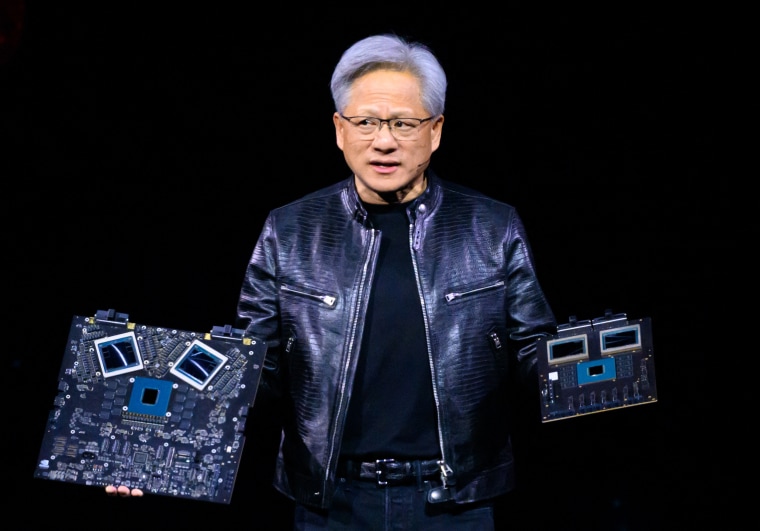Intel Used to Dominate the U.S. Chip Industry – What Went Wrong?
Intel has long been a powerhouse in the U.S. chip industry, once holding a near-monopoly on the market. However, recent years have seen the chip giant face numerous challenges that have eroded its dominance and forced it to reassess its position in the industry.
One of the key factors contributing to Intel’s struggles is the rise of competitors, especially in the form of AMD and Nvidia. These companies have been gaining ground in the market with their innovative technologies and competitive pricing, posing a significant threat to Intel’s market share. AMD, in particular, has been successful in challenging Intel’s dominance in the CPU market with its Ryzen processors, which offer comparable performance at a lower price point.
Another major challenge for Intel has been its struggle to transition to advanced chip manufacturing processes. The company has faced significant delays in bringing its 10nm and 7nm chips to market, giving competitors the opportunity to gain an edge in terms of performance and efficiency. This delay has not only impacted Intel’s ability to innovate but has also left the company vulnerable to increasing competition from chip manufacturers in Asia.
Additionally, Intel’s recent CEO transitions and leadership shakeups have raised concerns about the company’s ability to steer its ship in the right direction. The departure of long-time CEO Brian Krzanich and the subsequent appointment of new leadership have created uncertainty about Intel’s future strategy and direction. This lack of stability at the top has made it more challenging for the company to address its internal issues and external challenges effectively.
Furthermore, Intel’s failure to capitalize on emerging technologies such as artificial intelligence and autonomous vehicles has also hindered its ability to stay relevant in a rapidly evolving market. As these technologies become increasingly prevalent, chip manufacturers that can provide the necessary hardware solutions stand to benefit, while those that fall behind may struggle to keep up.
In response to these challenges, Intel has been taking steps to revitalize its business and restore its competitive edge. The company has announced plans to invest heavily in research and development, with a focus on developing cutting-edge technologies that can drive future growth. Intel has also been ramping up its efforts in the data center market, where demand for high-performance chips remains strong.
Despite its recent setbacks, Intel still possesses significant resources and expertise that can help it regain its footing in the chip industry. By leveraging its strengths in areas such as cybersecurity and server solutions, Intel can carve out a niche for itself and differentiate its products from competitors. However, the road ahead for Intel will not be easy, and the company will need to demonstrate agility and innovation to stay relevant in an increasingly crowded and competitive market.
In conclusion, Intel’s struggle to maintain its dominance in the U.S. chip industry underscores the challenges of staying ahead in a rapidly evolving market. The company’s inability to keep pace with competitors, its manufacturing delays, leadership transitions, and missed opportunities in emerging technologies have all contributed to its current predicament. Moving forward, Intel must focus on innovation, agility, and strategic investments to regain its competitive edge and remain a key player in the chip industry.
